Mercedes-Benz C 111
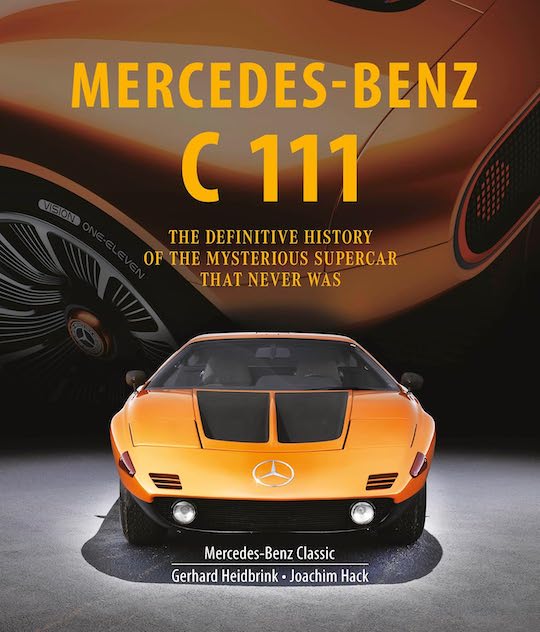
The Definitive History of the Mysterious Supercar That Never Was
by Gerhard Heidbrink and Joachim Hack
“From today’s perspective it may seem difficult to understand why a company like Daimler-Benz, with its traditionally very results-oriented, stringent, and successful approach, struggled for a long time to make a clear decision on the question of a series production of the C 111. This was undoubtedly due to the complex constraints on the one hand, the question of how much effort the further development of the Wankel engine would require with regard to the stability to be achieved . . ..”
The time is around 1969. Add to that a global fuel crisis, war, economic uncertainty, and you’d find little reason to get up in the morning let alone stick your toe into the fickle supercar market. Mercedes built only a very small number of these cars and already the fact that that small number encompassed radically different versions shows that this was a difficult birth.
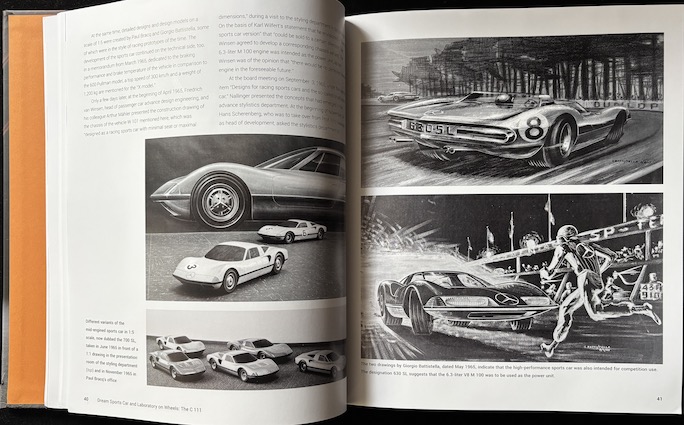
Motorsports success was once again on M-B’s mind.
When it comes to Mercedes supercars, the 300 SL tends to take all the oxygen out of the room. The C 111 was meant to be the next iteration, and on paper it had everything going for it, not least the sort of look that represented M-B head stylist Bruno Sacco’s motto that a designer must look 30 years ahead. In view of all of the above, how odd that in all these years there has never been more than the occasional feature story in a magazine or chapter in a book about this unusual car.
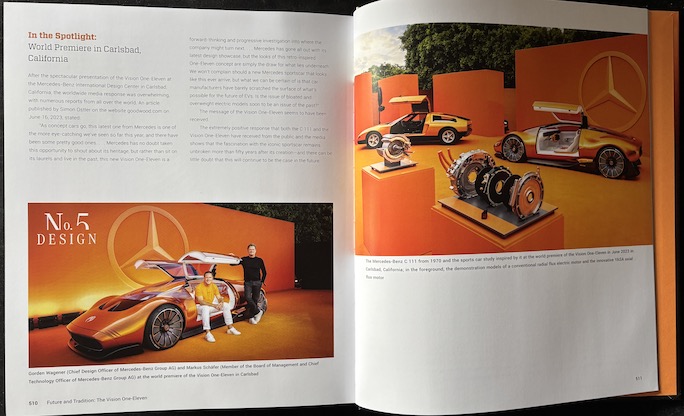
(r) At last, a flux capacitor! well, a radial flux electric motor and in the foreground the YASA axial flux motor. C 111 and Vision One-Eleven at the 2023 world premiere at the M-B International Design Center in California.
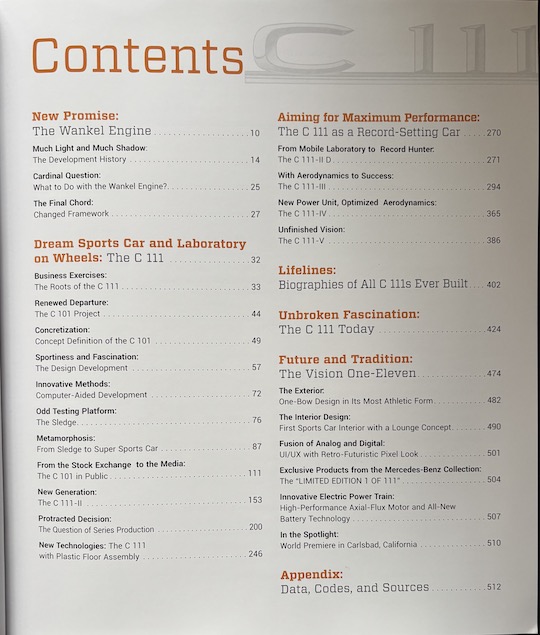
Did you notice that the color orange is prominent throughout the book? That’s because the car is painted orange, or, more correctly “Weißherbst” (white autumn) which is the name of a style of German rosé wine that is often made from red grapes.
That changed in 2021 with the German book (Motorbuch) that, after spawning a second, expanded edition in 2023, has now been translated into English (Schiffer).
The German book sold out within four weeks, so clearly there was great interest in this topic, and of course it has to be remembered that in 2023 M-B unveiled to great acclaim the Vision One-Eleven show car that is inspired by the C 111. It was, in fact, the public’s and media’s interest already in 2014 when M-B put one of its C 111s (they own all of them) on the road for the first time in many years that prompted former employees of the company to take the initiative of documenting the story in all its facets while project principals were still alive and primary records extant. All of this was gathered at the Mercedes-Benz Museum, and it is access to that trove of material that makes this book the one that can rightly claim to be the most “authoritative” which is the word the press release uses and which is much less problematic than the subtitle’s “definitive”—because who is to say that there might not be a future book that is even “more definitive” because the present book, even at 500+ pages, intentionally limits the focus on only specific aspects of the story, namely development and business case. Other ares are touched upon but, in the authors’ estimation, an in-depth look at construction, testing, engine, aerodynamics (although the record setters are discussed) would have resulted in a tome that would be “unconsumable.” Can’t argue with that.
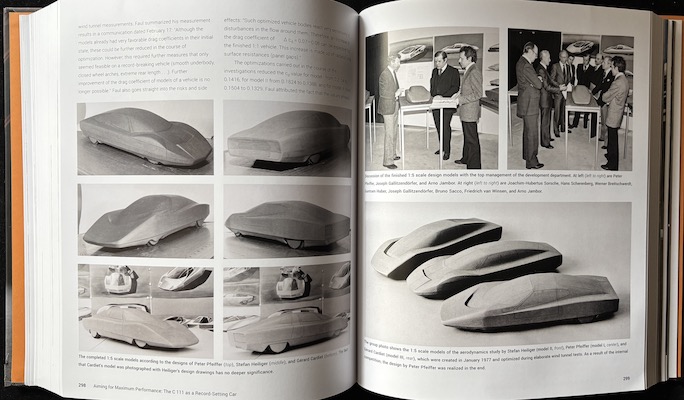
On the way to a record-breaking car.
The book jumps right in at the deep end with a discussion of the Wankel motor, not only at M-B, and already the chapter titles set a tone: “Much Light and Much Shadow”, “Cardinal Question”, and “Final Chord”. High drama and we’re only 30 pages in. It has to be remembered that the German car that is just about synonymous with the Wankel motor, the NSU Ro80, had a failure rate of 65% within 18 months. M-B tested hundreds of motors to destruction and never reached satisfactory durability. Twice that many pages are then spent on the C 101 project.
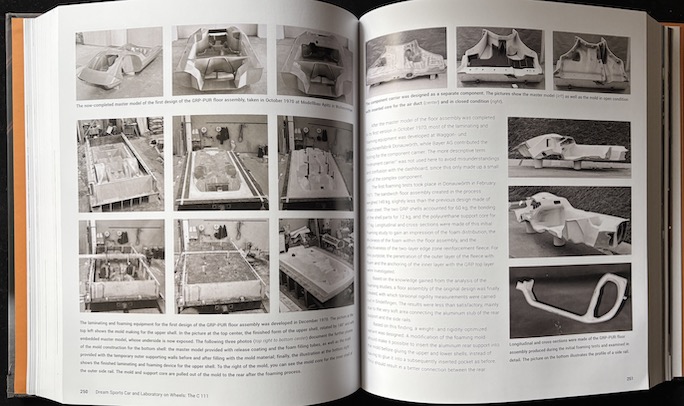
The plastic fantastic floor assembly. This is the first time the images in this chapter are in a book.
There is considerable technical depth here and you cannot let your attention wander. Charts, tables, diagrams are offset by fascinating behind-the-scenes photos of the design process. Especially noteworthy is a first-ever detailed presentation of the one C 111 with a plastic (GRP) floor. Also, there is a full account of all chassis built.
It is clear that this is material only insiders would get their hands on. Speaking of insiders, the first German edition listed one Wolfgang Kalbhenn as the first name but by the second edition he had been bumped to third, and in the English he is missing altogether. He was an engineer on the C 111 and is credited with being the “instigator” of this book. The first German edition also used a word in the title none of the others do but that perfectly encapsulated M-B’s high hopes for this halo car: “Fackelträger” (torch bearer).
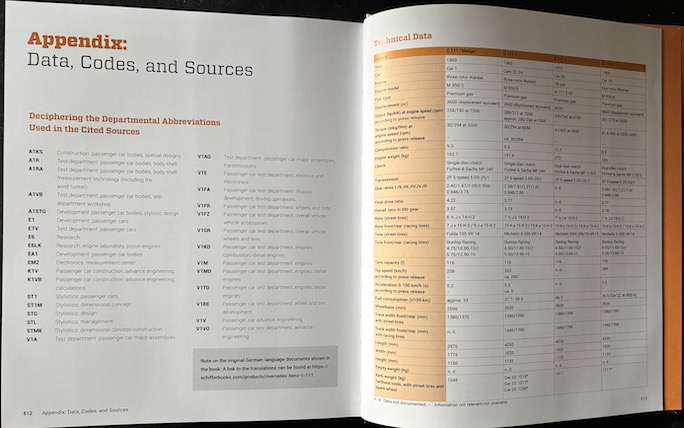
Heidbrink is a 30-year M-B Classic Center veteran and Hack is an automotive journalist. Appended are departmental abbreviations and technical data; there is a Bibliography (sources/further reading) but no Index. Vision One-Eleven is covered in about 35 pages and goes way beyond the magazine coverage of the day, including even the limited-edition swag.
In the best sense of the word, this is a high-intensity book not a casual read. It’s 2″ thickness and flat spine mean it will be as worn out as you after reading.
The first German edition won the 2022 Nicolas‐Joseph Cugnot Award in the category “Language other than English” as well as a Motorworld Honorary Prize.
Copyright 2025, Sabu Advani (speedreaders.info).
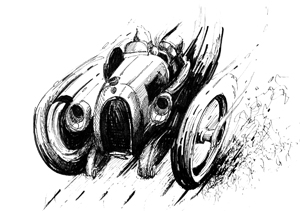

 RSS Feed - Comments
RSS Feed - Comments
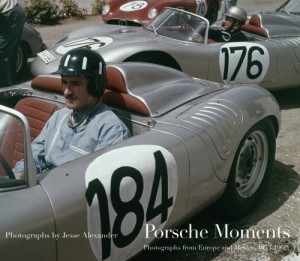
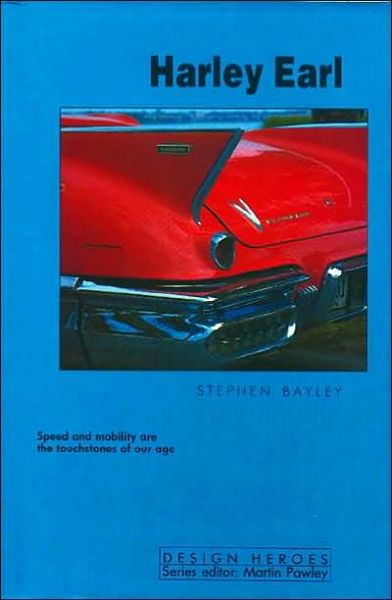
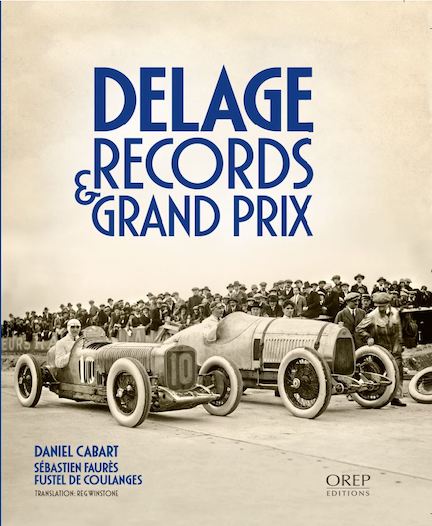
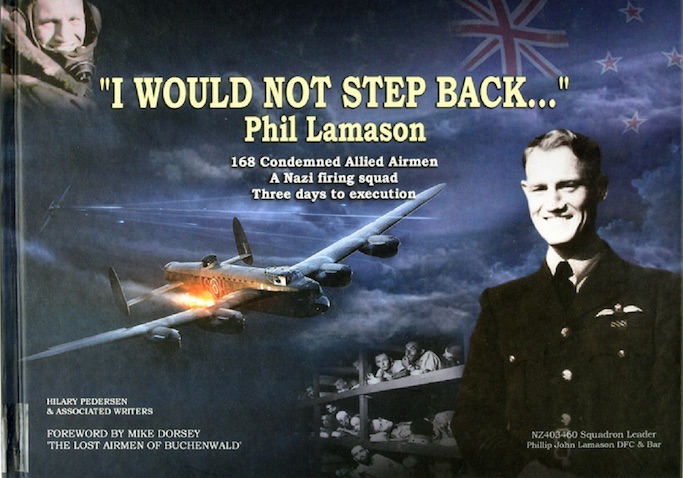
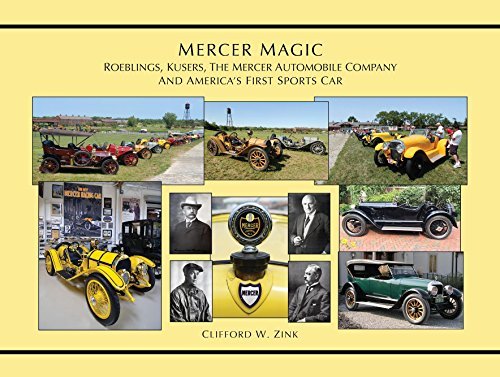
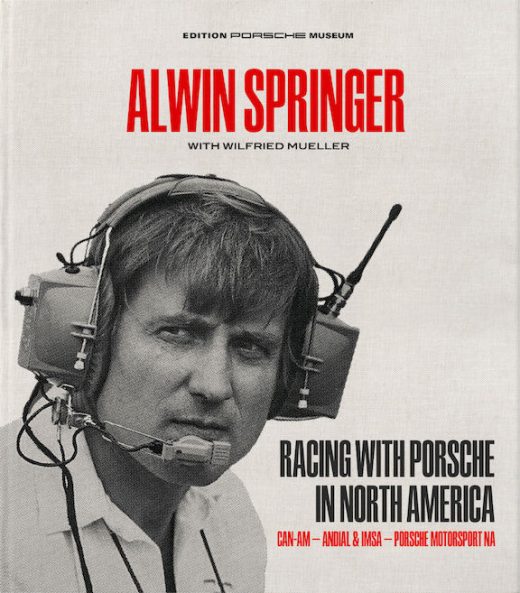
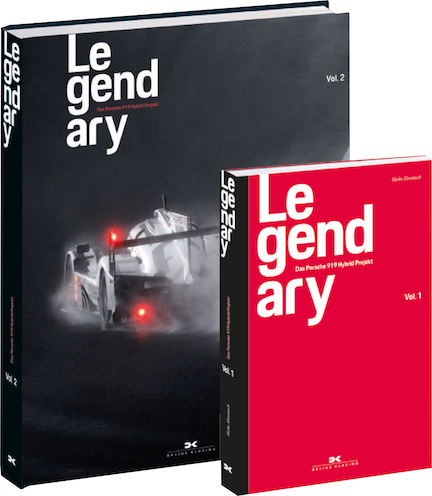
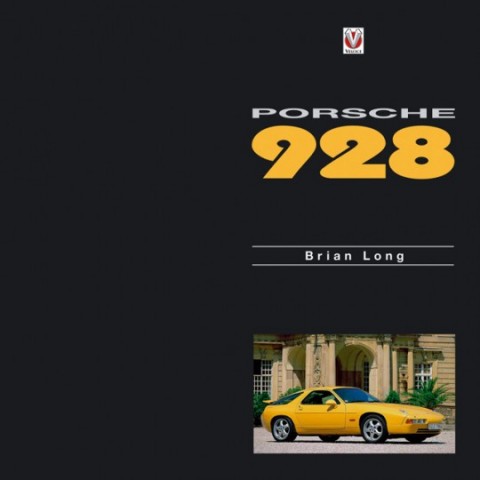
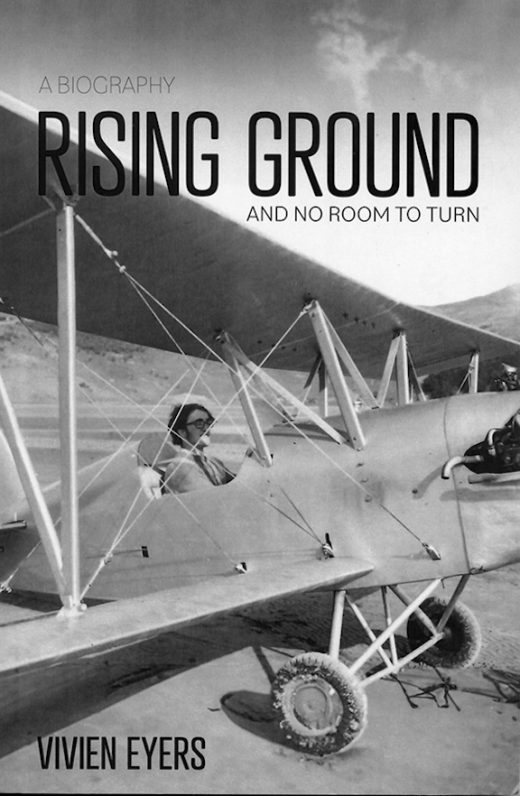

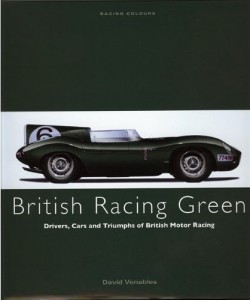
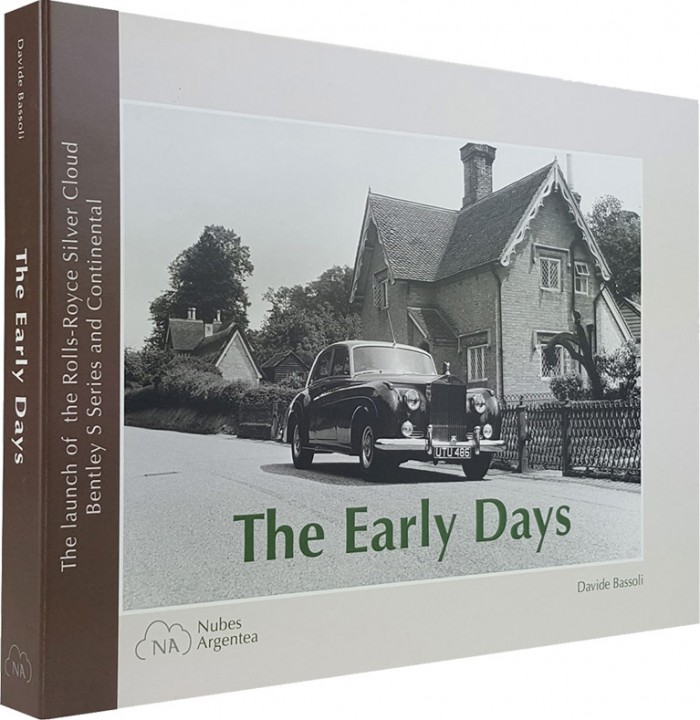
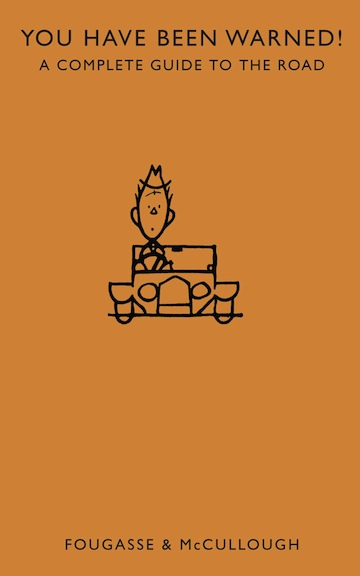

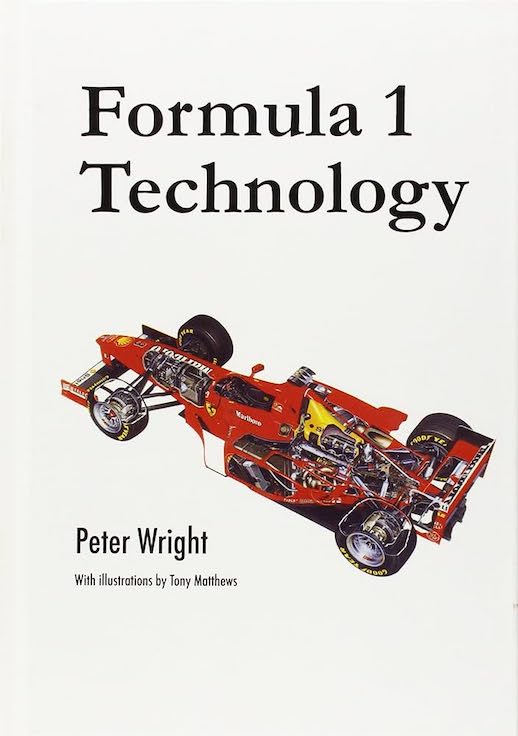
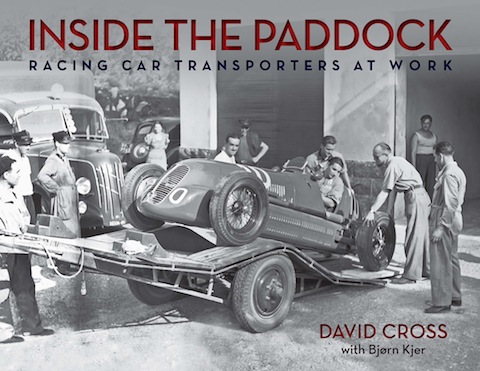

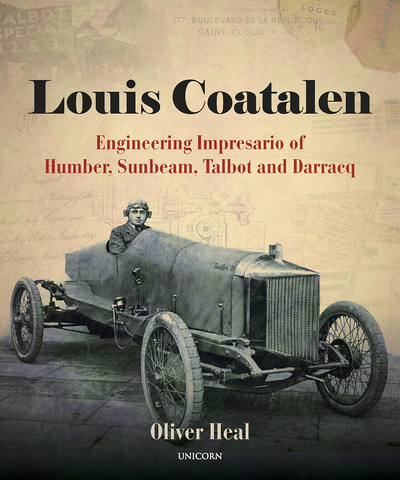
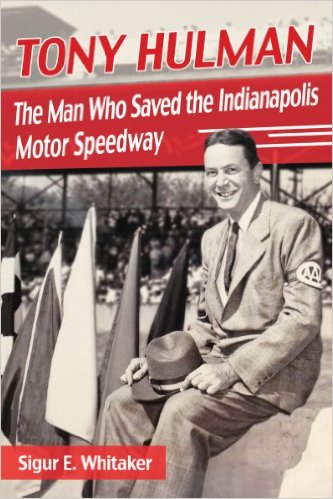


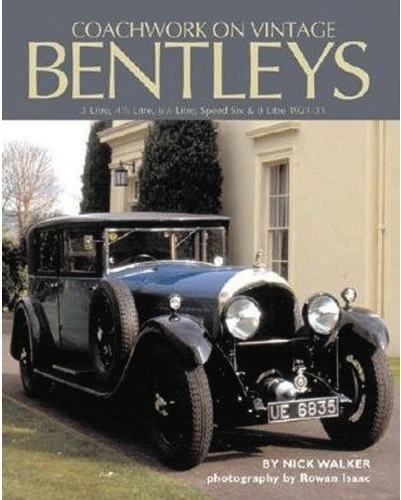


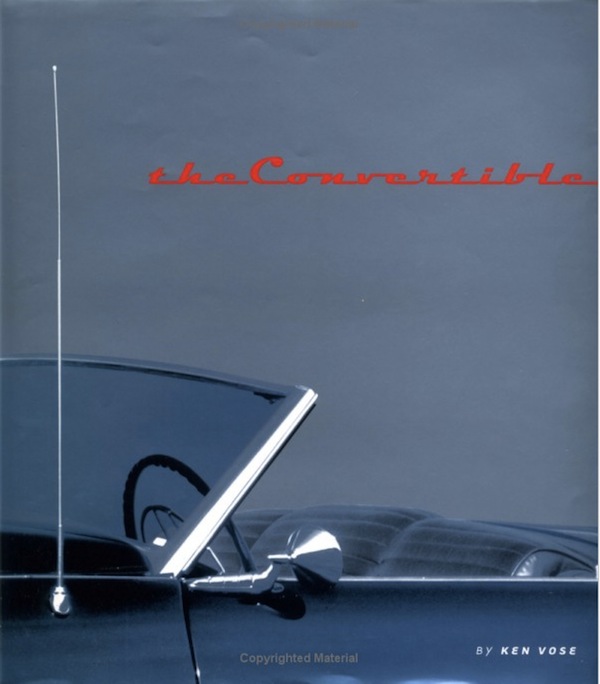
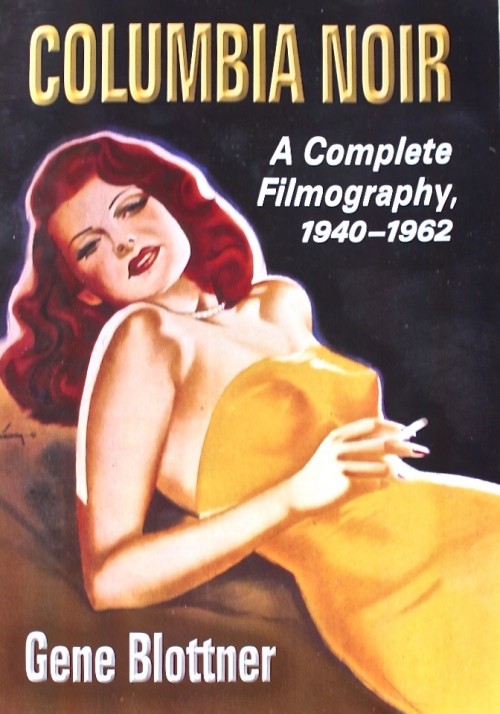
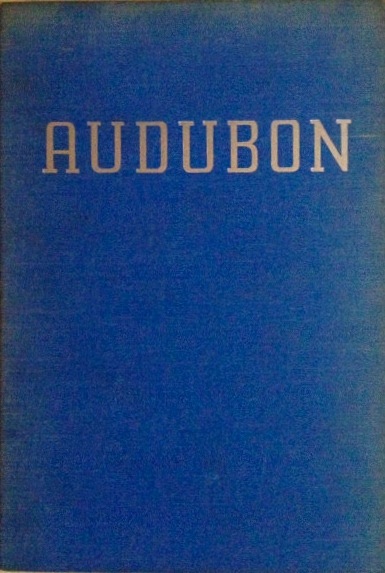


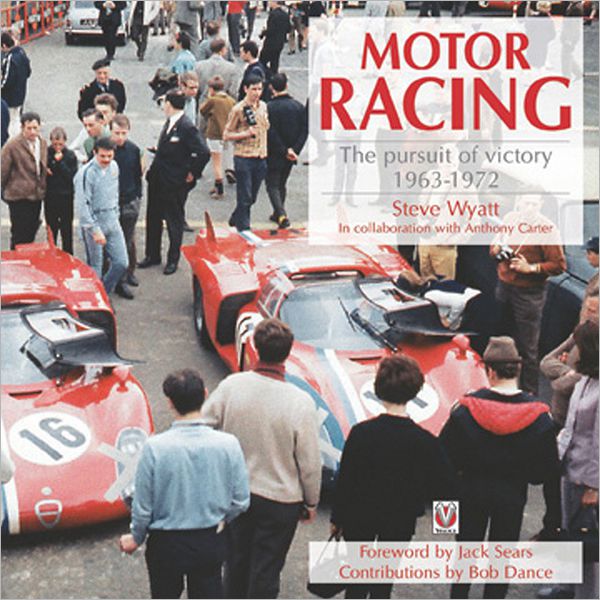

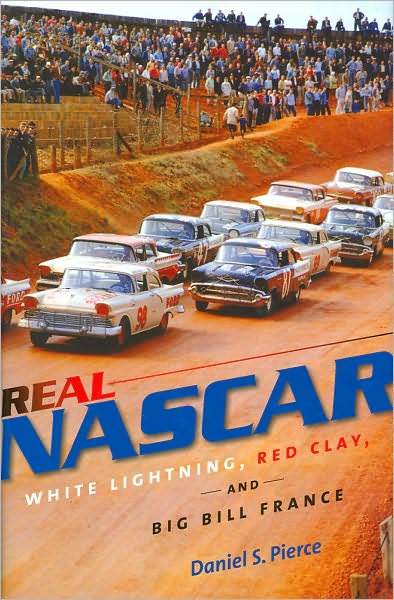
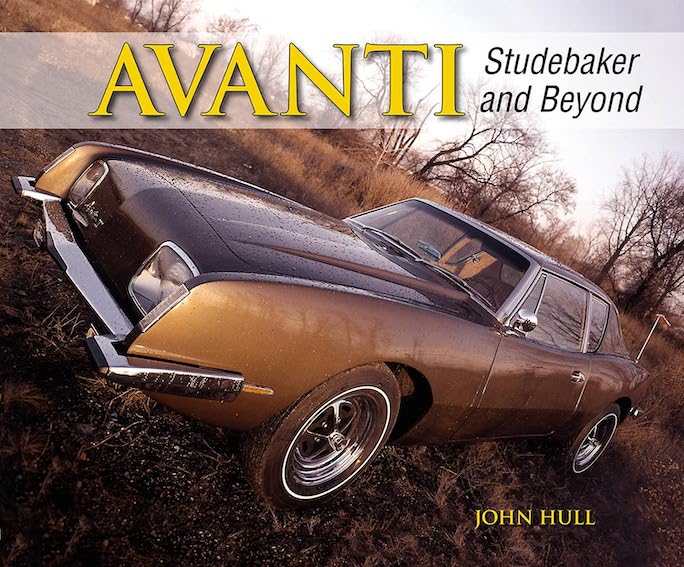
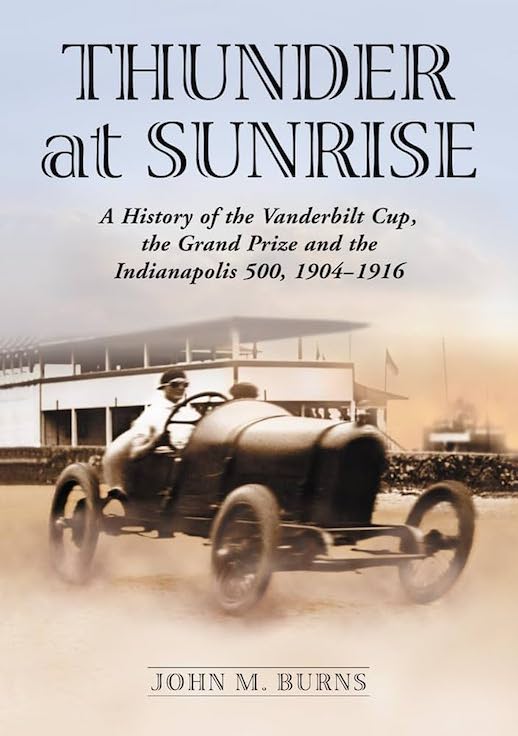
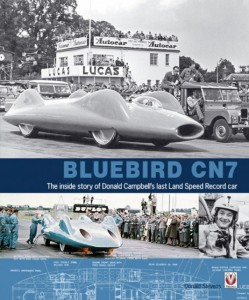


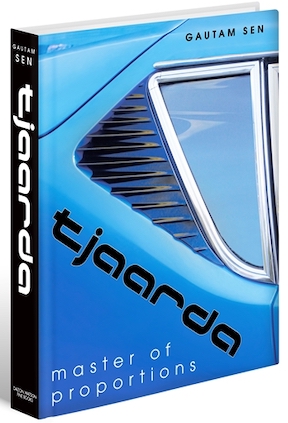
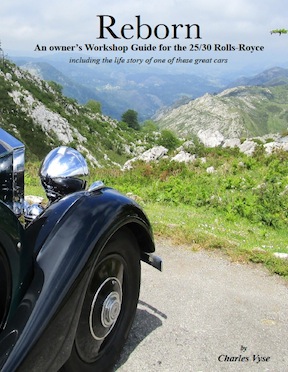
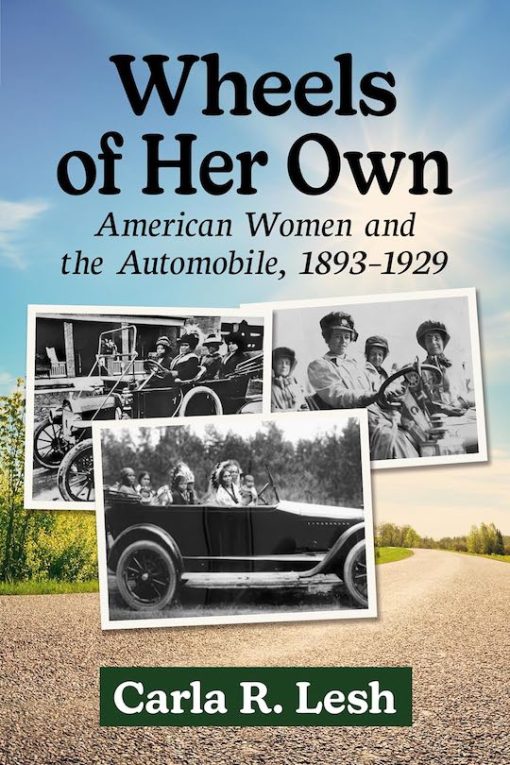
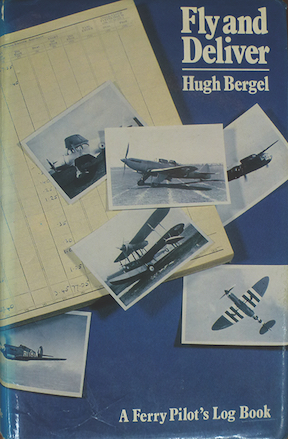

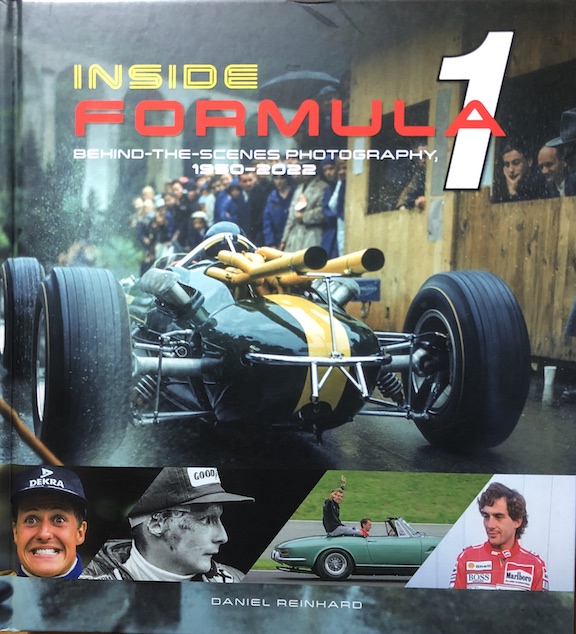
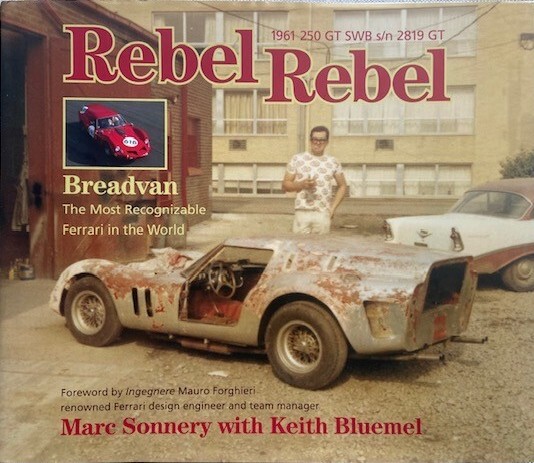


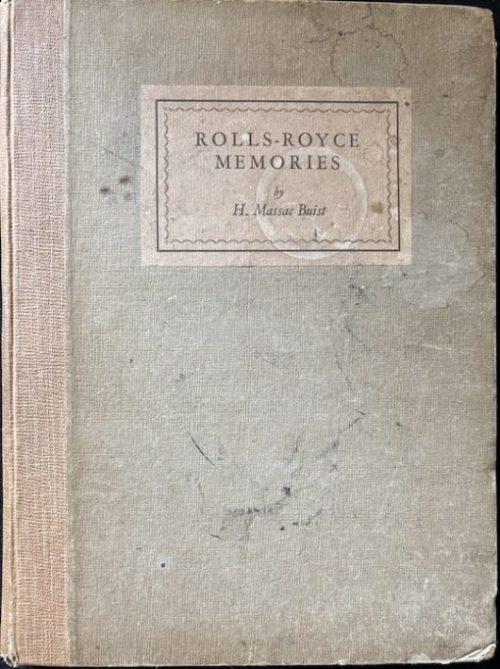

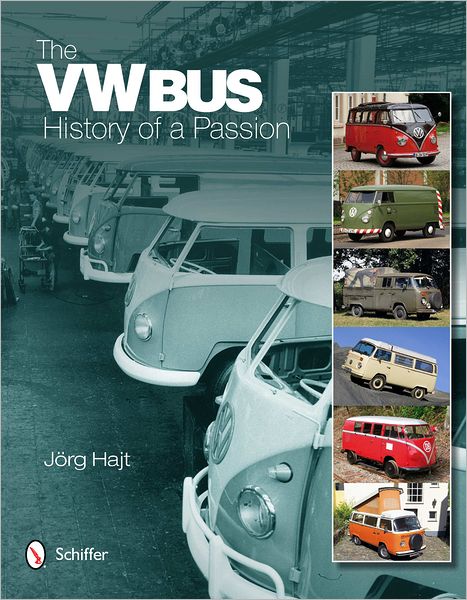
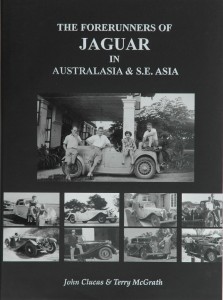
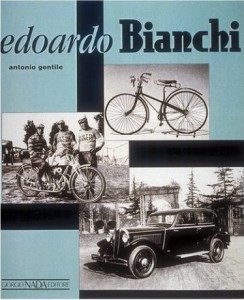
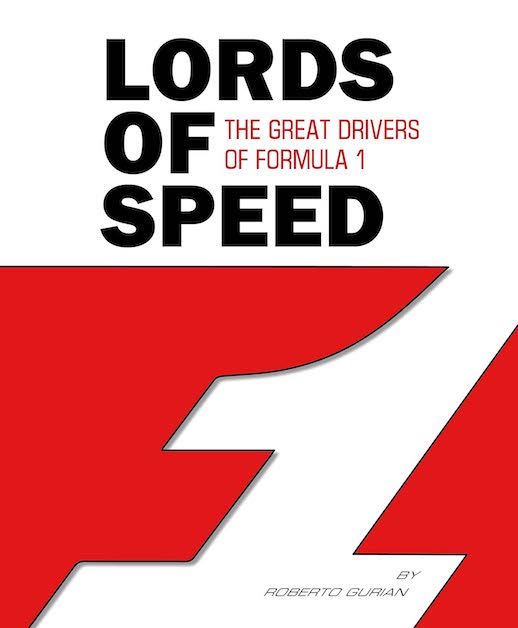

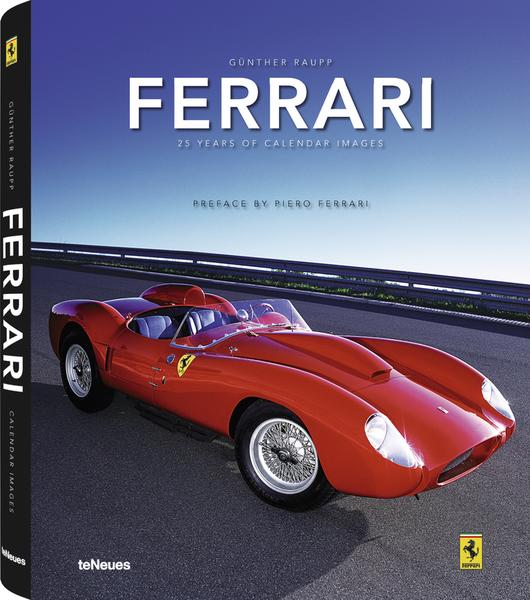
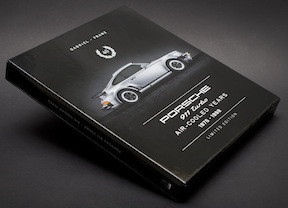
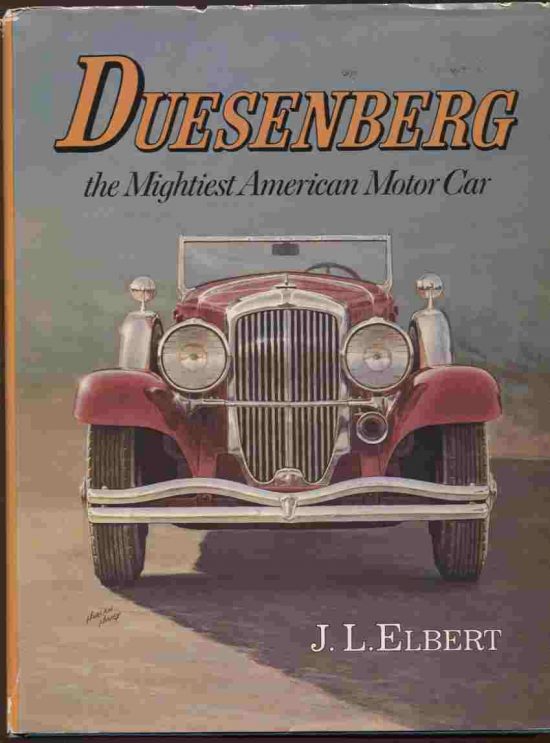
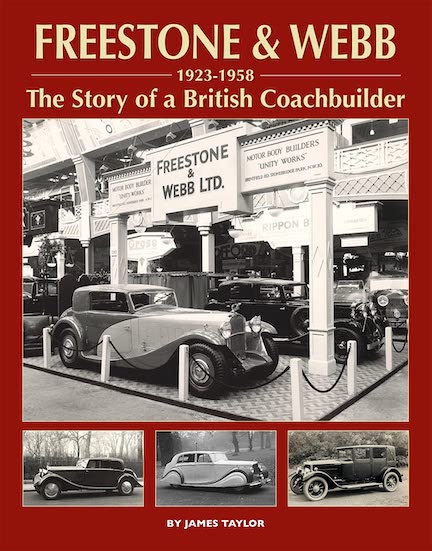
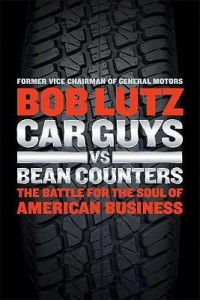
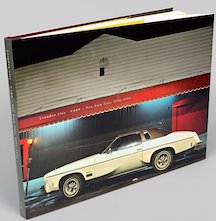
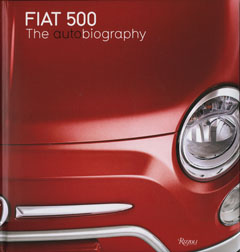
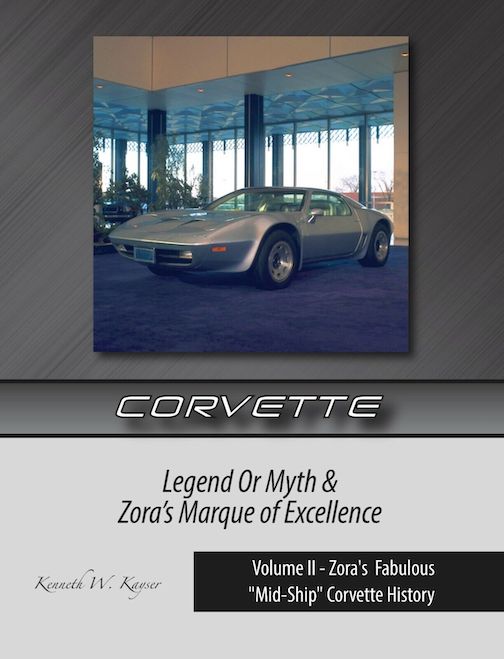


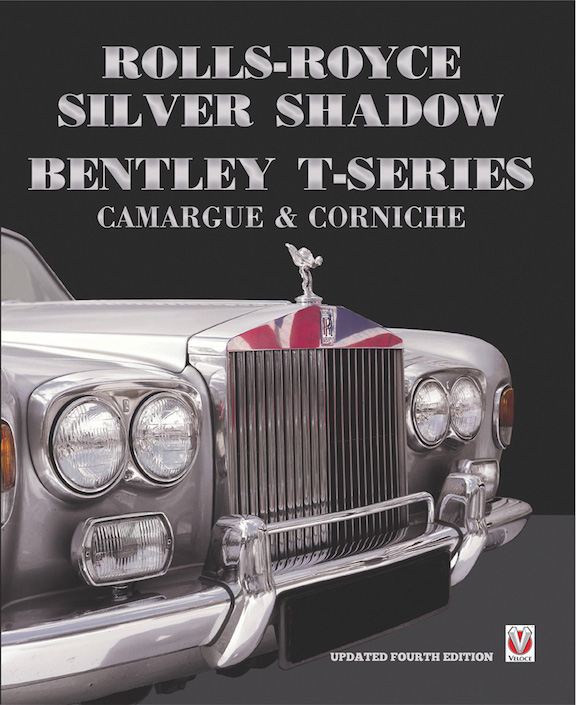
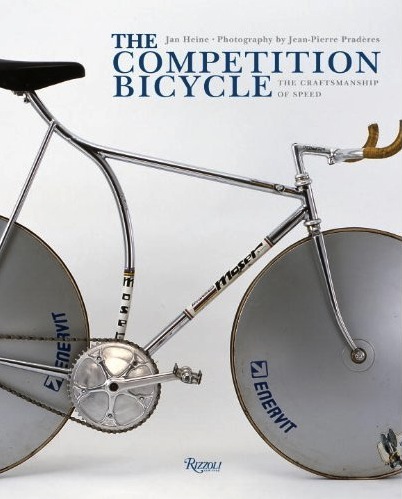

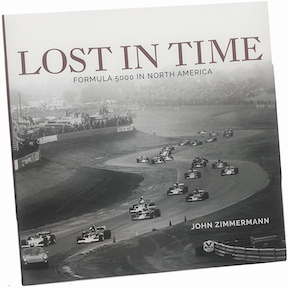
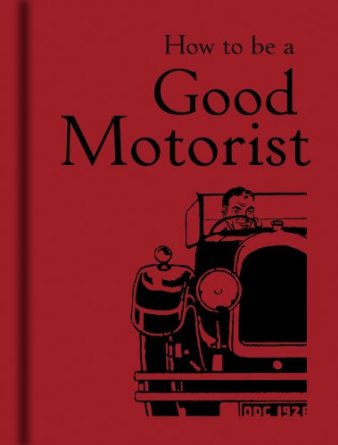

 Phone / Mail / Email
Phone / Mail / Email RSS Feed
RSS Feed Facebook
Facebook Twitter
Twitter